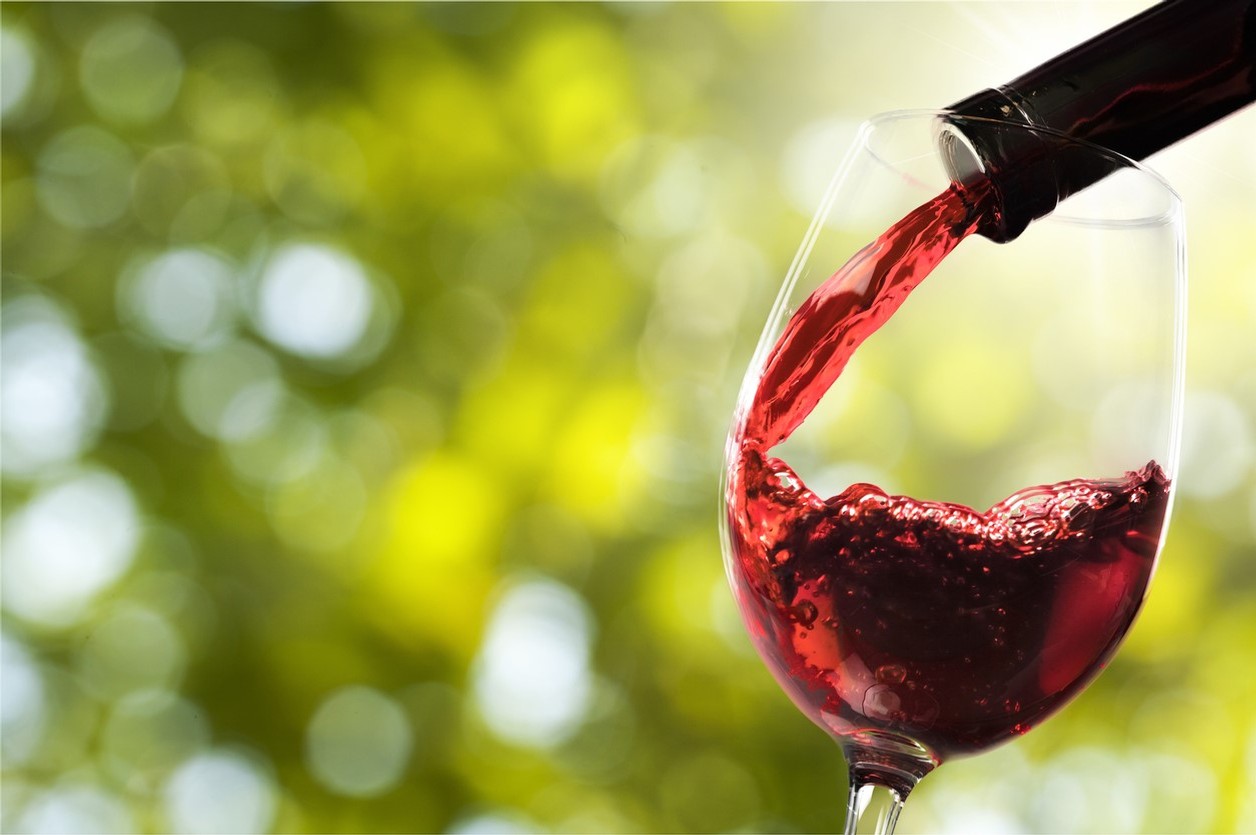Wine Alcohol Content: How it Changes What You Taste

If Johnny Depp were a wine, he’d likely have a high alcohol content. There’s nothing subtle about him.
The golden statue goes to the actor who gave the strongest performance, but we all know that he or she doesn’t carry the movie alone. It’s why there also are more golden statues for the best supporting cast. Such is the case with wine, as well.
Here, the grape is obviously the star. We know wines by the type of grape used. But, there’s always a strong supporting cast, and the performance by alcohol will always make a difference. Here’s what you should know about how alcohol content will change what you taste in a wine.
Getting to know the cast
We’ve already established that the grape—or blend of grapes—is the star of the show, but wine assumes its flavor from other sources, too. Many of them directly impact the character of the grape. Weather, water, and sunlight will affect the sugar content of the grape. It’s why Chardonnay grapes grown in California taste different from the same grape grown in France.
Another considerable contributor is yeast. In fact, it’s likely going to be a more important factor than what’s been mentioned so far. Yeast is introduced to the wine to convert the grape’s natural sugars into alcohol and carbon dioxide. The wine will remain sweeter if the yeast dies before it consumes all the sugars. The longer the yeast remains active, the more sugars are consumed, and the drier the wine becomes. This also will increase the alcohol content—remember that alcohol is the byproduct of yeast’s consumption of sugar.
Blame it on the sugar?
The amount of sugar available from the grape can determine the alcohol content. The sugars increase when grapes can fully mature—or ripen—with the assistance of optimal conditions. It shouldn’t be a surprise, then, that wines from California tend to have higher alcohol content than those from cooler climes.
South America, Australia, Spain, and California wine producers have experienced increasing seasonal temperatures. This has brought about an increase in the sugar levels of grapes, which in turn produces wine with a higher alcohol level.
To put this in perspective, the pinot noirs from Oregon have lower alcohol levels than their California pinot cousins because of the cooler climate. German Rieslings tend to have very low alcohol levels because the grapes struggle to ripen in this far northern location.
It has no taste, yet changes what you taste
Which brings us to alcohol. Experts tell us that alcohol doesn’t trigger receptors on our tongue, so technically, it has no taste. You’d think that logically, this means alcohol can’t affect the taste of wine.
By itself, alcohol is an ineffective contributor. It’s what alcohol does when it interacts with the star of the show that gives alcohol the ability to exert amazing control. And it’s not necessarily through our taste buds, either.
Enter the nose
Alcohol quickly evaporates when exposed to air. It’s the evaporating alcohol in your glass of wine that carries the aroma of wine to your senses. You need your nose to taste. If you haven’t already tried it, pinch your nose, and take a sip of wine. You’ll taste practically nothing at all.
Ah, so the higher the alcohol content, the greater the range of the grape’s personality you should taste, right? Well, not really. If the yeast consumes all or a high percentage of the sugars before it dies, the higher alcohol content can stifle a wine’s “bouquet.” It’s a fancy way of saying that the fruity aromas of the grape are diminished. And that will certainly alter the taste.
To some extent, the alcohol content will also affect a wine’s viscosity—which is the gatekeeper for the balance between acidity and sweetness.
Make it sweet
You’ve got to give the customer what they want, and they’re telling winemakers they want sweeter, bolder tastes. So, winemakers are allowing their grapes to stay on the vine and ripen longer than in the past.
The impressive performance requires a bigger contribution from the supporting cast. Generally, the bolder and sweeter the taste, the higher the alcohol content. The levels aren’t massive swings, however. Winemakers tend to agree that the ideal alcohol content for wine averages about 13.6%. California Cabernet sauvignon grapes will generate an alcohol content between 12.5% and 15%. A Riesling, on the other hand, can generate an alcohol content as low as 7%.
And this means…?
Is there a rule of thumb you can apply to alcohol content and the way it will affect the way wine tastes? The higher the alcohol level, the bolder the flavor.
Thus … if Johnny Depp were a wine, he’d likely have a high alcohol content. There’s nothing subtle about him.